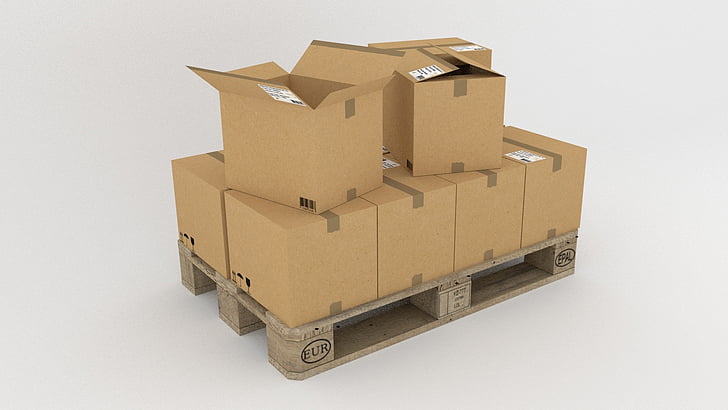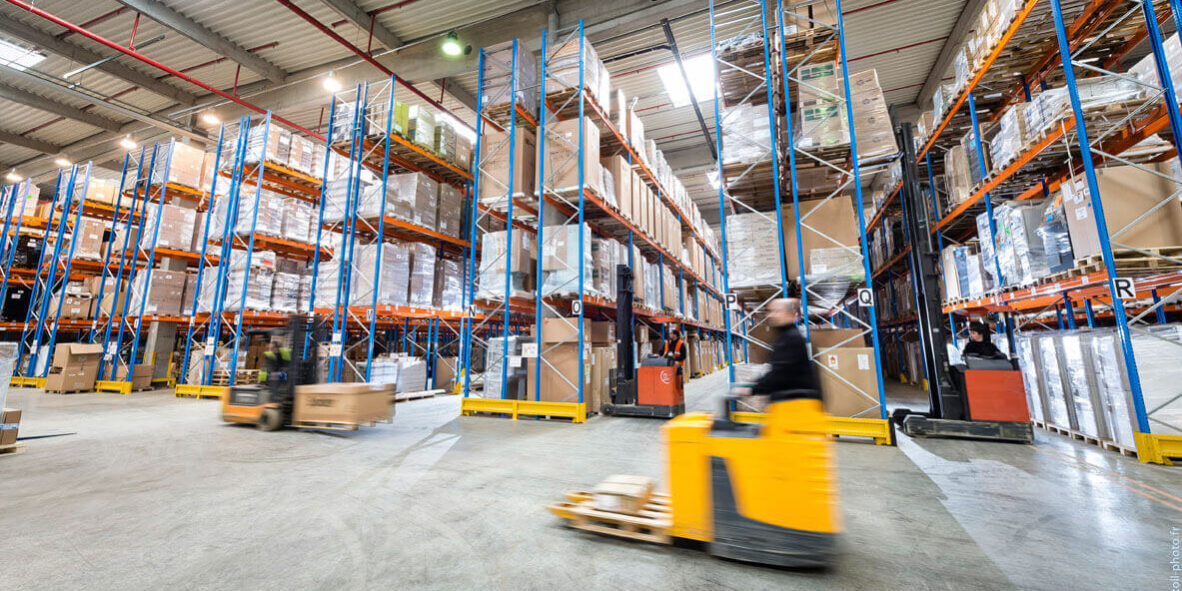Packing freight requires specific steps. It’s the foundation for all successful freight shipments. And when it isn’t done right, shipments can face damage, delay, or even unexpected fees. So how can you help avoid issues and ensure smooth shipment? We wrote this step-by-step freight packing guide so you can find all the answers to properly pack your shipment for pickup and a great delivery.
How to Prepare for Shipping Palletized Freight
Before you get started on packing, you’ll want to be sure you have all the necessary and proper materials.
This is what you’ll need:
- Shipping tape to tightly seal boxes and apply labels.
- Packing materials like bubble wrap, air pillows, packing peanuts, and/or cardboard corners to cushion surfaces.
- Boxes and pallets of an appropriate weight range for your shipments. These items will degrade as they’re used, so don’t just blindly buy. Always check for signs of age and concerns about integrity.
- Strong, quality shrink wrap to hold everything together and in place.
Special Considerations for Pallets
For freight shipping, the most common types of pallets are wood and plastic. No matter your choice, the material and the pallet itself should be in good condition. Otherwise, you risk destabilizing your freight, and that’s what leads to delays and unexpected fees.
There are six recognized international pallet sizes and North America uses two: 40 x 48 and 42 x 42. The 42 x 42 size is also used in Europe and Asia. By making these pallet dimensions standard, pallets can move freely and efficiently between regions.
In North America, you should also be aware of a major concern for pallet safety: fire prevention. Certification groups ensure high-quality wood and plastic pallets meet approval standards for fire tests. So, when choosing your pallet, look for a UL or FM compliance mark so you know the pallet is considered safe in fire scenarios.

The more evenly that boxes are spread on the pallet, the more stable and secure your pallet will be.
Step-by-Step Packing and Securing Your Freight Shipment
- Cut boxes to a size that best fits the items being shipped. When placing items inside the boxes, make sure weight is evenly distributed.
- Add your packing materials so boxes are full. You don’t want to leave any room for little pockets of air. That can lead to items shifting and being damaged.
- Next, stack the boxes on your pallet. Make sure heavier boxes always go on the bottom with lighter boxes on top. Plan ahead so that your can distribute weight evenly on the pallet making sure none hang over the side or have gaps.
- Use your cardboard corners along the edges of the boxes to secure the whole thing as one big unit.
- Now that you have a structure, wrap it with shrink wrap. To do this, pull out a foot of the wrap and twist it together to create a loose rope. Thread this through a corner of your pallet and secure it as your starting point. Start wrapping the pallet slowly, going around the whole thing at least 4-5 times. Just remember to not wrap too much of the pallet itself as a forklift will need to lift from the slats underneath.
- Overlap the shrink wrap as you work your way up the boxes. Keep a firm stretch on the shrink wrap so it stays tight to the box structure. This will keep the wrap from pulling loose or slipping off in transit.
- Once done, test the stability of your structure. Push lightly on the top boxes and notice if they feel loose or tight. If anything shifted, you have adjustments to make. You either didn’t wrap tightly enough or it needs more layers of shrink wrap. To add more layers, just work your way down and then back up again.
- The final step is to place documentation on the outside. Labels that show shipper and consignee information from the bill of lading will identify the shipment.
- If you need to, add labels that indicate special handling requirements. Using “Fragile,” or “Do not stack” lets the carrier know exactly how to handle your shipment for a successful delivery.
- Lastly, make sure those important labels are clear and visible on all four sides of the package so they can’t be missed.
Now you’re done and have taken all the necessary care to save your business time, money, and stress with the perfectly packed freight shipment! Just measure and weight your freight then contact Pride Logistics for the smoothest delivery options.








